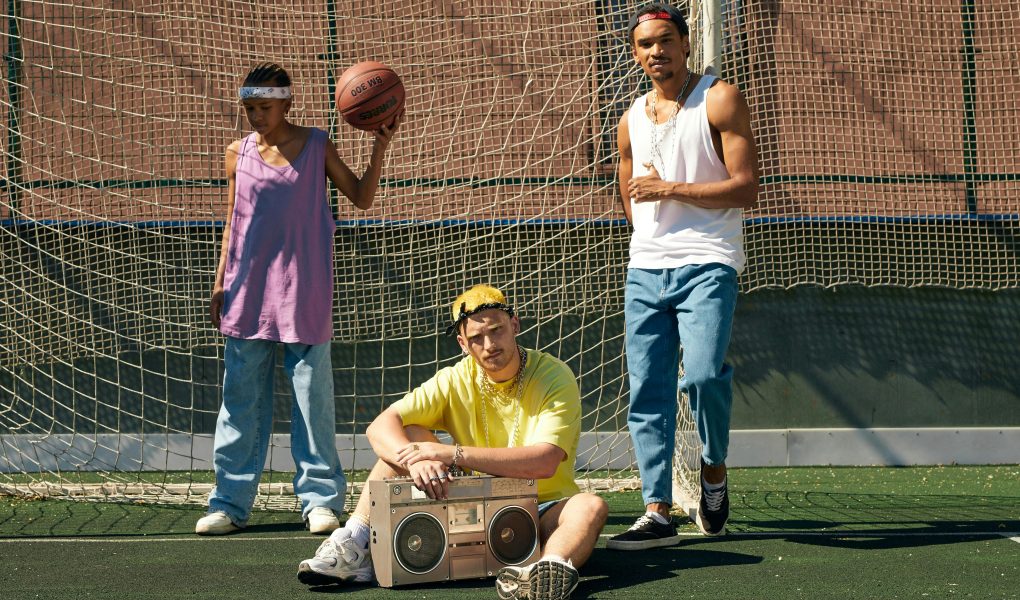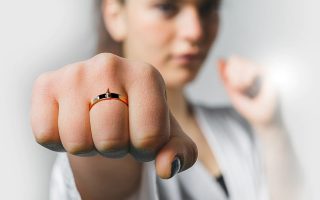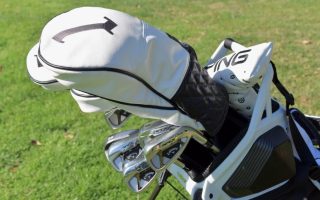The 1990s were a golden era for hip-hop, marked by a distinctive style that has left a lasting impact on fashion. During this decade, hip-hop fashion was as diverse as the music itself, reflecting the creativity, rebellion, and cultural pride of the artists who defined the genre. Dressing in 90s hip-hop style is not just about looking good; it’s about embracing a cultural movement that celebrated individuality and self-expression.
From oversized clothing to bold accessories, the fashion trends of 90s hip-hop were a statement of identity and attitude. These styles were popularized by iconic artists like Tupac Shakur, Notorious B.I.G., Aaliyah, and many others who used their music and fashion to challenge norms and create a unique aesthetic that continues to influence modern trends.
In this article, we’ll explore the key elements of 90s hip-hop fashion, providing a comprehensive guide on how to incorporate these iconic styles into your wardrobe. Whether you’re a fan of the genre, looking to channel the vibe for a themed event, or simply interested in the history of hip-hop fashion, this guide will help you dress the part with authenticity and flair.
Oversized Clothing
One of the most defining features of 90s hip-hop fashion was the prevalence of oversized clothing. This trend was a departure from the more fitted and tailored styles of the 80s and became a hallmark of the hip-hop community. The oversized look was not just about comfort; it was a statement of defiance and a way to stand out.
Baggy Jeans and Pants: The 90s saw a shift towards baggier silhouettes, with jeans and pants worn low on the waist and wide in the leg. Brands like JNCO and Cross Colours were popular choices for their bold colors and unique designs. Pairing these with a belt that let the pants hang loose was common among both men and women.
Loose-Fitting T-Shirts and Jerseys: Oversized T-shirts, often featuring logos or graphics, were a staple. Sports jerseys, especially basketball ones, were also hugely popular. Artists like Tupac and Notorious B.I.G. were often seen rocking this look, which added to their cool and laid-back personas.
Hoodies and Sweatshirts: Hoodies and sweatshirts, preferably in larger sizes, were essential for a complete 90s hip-hop look. These were often layered over T-shirts and paired with baggy jeans for a casual, street-ready style.
Embracing the oversized trend means prioritizing comfort and functionality while making a bold fashion statement. Whether you’re going for a casual look or aiming for something more dressed up, oversized clothing is a versatile and key component of 90s hip-hop fashion.
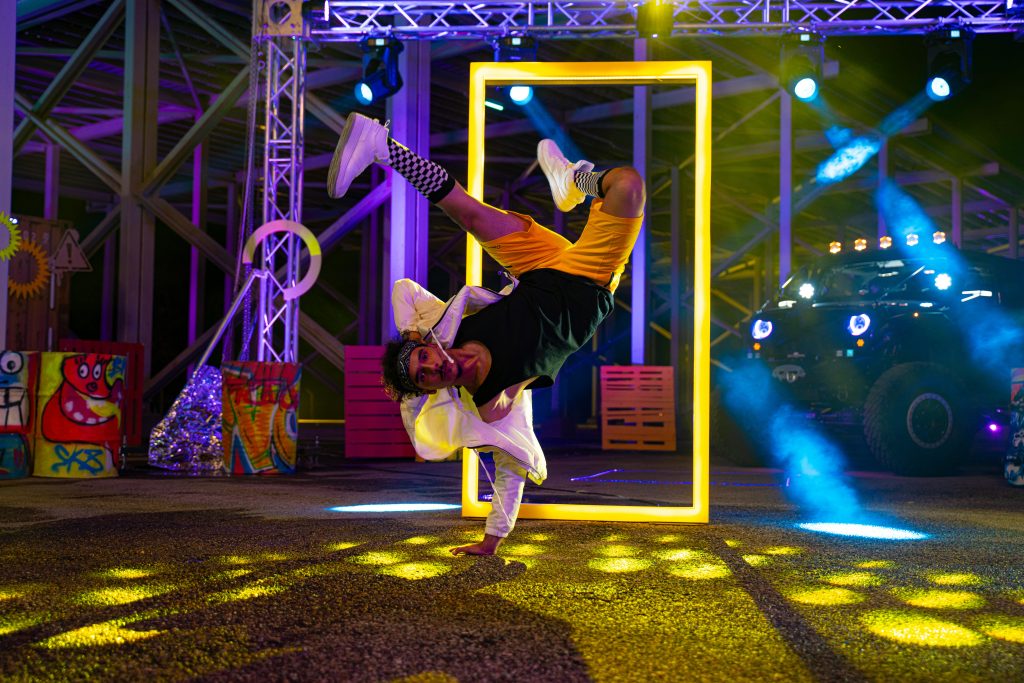
Bold Colors and Patterns
The 90s were a time of experimentation and bold choices in hip-hop fashion, and this was reflected in the use of vibrant colors and eye-catching patterns. From neon hues to graphic prints, the 90s hip-hop scene was anything but muted.
Color Blocking: One of the most popular trends was color blocking, which involved wearing contrasting bold colors together. This could be seen in jackets, windbreakers, and tracksuits. Brands like Tommy Hilfiger and FUBU were known for their use of bright colors that made their clothing stand out.
Graphic Prints and Logos: Clothing featuring large logos, graphic prints, and brand names was a common sight in the 90s hip-hop scene. These were not only a way to showcase brand loyalty but also a means of making a personal statement. Logos were often oversized and placed prominently on the chest or back of garments.
Animal Prints and Camouflage: For those looking to make an even bolder statement, animal prints and camouflage patterns were a go-to. These patterns were often used in jackets, pants, and accessories, adding an extra layer of texture and interest to an outfit.
Incorporating bold colors and patterns into your wardrobe is a great way to capture the vibrant energy of 90s hip-hop fashion. Whether through a statement jacket or a pair of graphic-print pants, these elements add a dynamic and playful touch to any look.
Iconic Accessories
Accessories played a significant role in 90s hip-hop fashion, often serving as the finishing touch that brought an outfit together. From jewelry to headwear, these accessories were as much about personal expression as they were about style.
Chunky Jewelry: Big, bold jewelry was a must-have in the 90s. Gold chains, medallions, and oversized rings were popular among both male and female artists. This trend was a way to showcase wealth and status, as well as to add a bit of bling to the outfit.
Bucket Hats and Bandanas: Headwear was another key component of 90s hip-hop fashion. Bucket hats, popularized by groups like Run-DMC and LL Cool J, added a casual and cool vibe to any outfit. Bandanas, often worn around the head or tied to the side, were another popular choice, adding an edgy touch.
Sneakers and Timberlands: Footwear was just as important as clothing in completing the 90s hip-hop look. Sneakers, particularly high-tops from brands like Nike and Adidas, were a staple. Timberland boots were also a popular choice, especially among East Coast rappers, for their rugged look and durability.
Accessories were a crucial aspect of 90s hip-hop fashion, allowing individuals to personalize their style and make a statement. Whether through flashy jewelry or distinctive headwear, these accessories helped define the era and continue to influence fashion today.
Athletic Wear and Tracksuits
Athletic wear and tracksuits were a major part of the 90s hip-hop fashion landscape, reflecting the influence of sports and street culture on the genre. This trend was not just about looking sporty; it was about comfort, versatility, and making a fashion statement.
Tracksuits: Brands like Adidas, Nike, and Fila were at the forefront of this trend, offering tracksuits in a variety of colors and styles. The classic three-stripe Adidas tracksuit became iconic, often paired with matching sneakers and a cap. Tracksuits were favored for their comfort and ease, making them a popular choice for both casual wear and performances.
Windbreakers and Sports Jackets: Lightweight windbreakers and sports jackets, often in bright colors or featuring bold graphics, were another staple of 90s hip-hop fashion. These were practical for layering and provided a cool, athletic aesthetic.
Basketball Shorts and Jerseys: Basketball culture had a significant impact on hip-hop fashion in the 90s. Loose-fitting basketball shorts and jerseys were commonly worn, sometimes layered over long-sleeve shirts or under oversized T-shirts. This look was a nod to the sport and the style of popular athletes of the time.
Athletic wear and tracksuits in 90s hip-hop fashion blended functionality with style, allowing for movement and comfort while still making a bold visual statement. This trend has seen a resurgence in recent years, with modern brands drawing inspiration from the classic styles of the 90s.
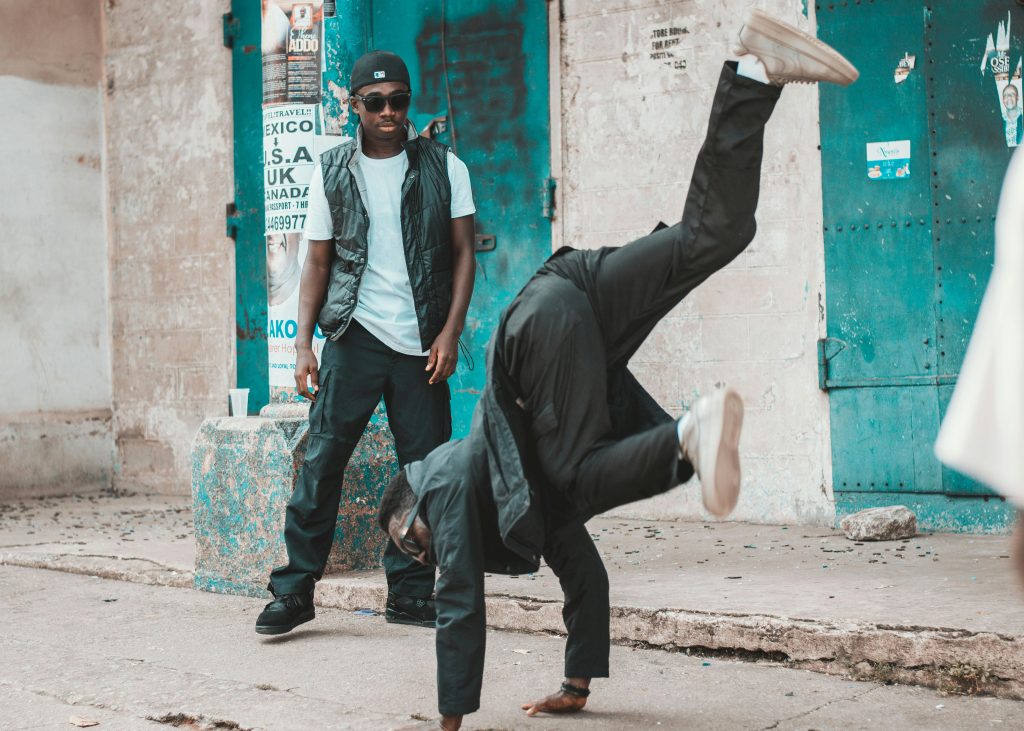
Hairstyles and Makeup
Hairstyles and makeup were another important aspect of 90s hip-hop fashion, helping to define the look and attitude of the era. From bold haircuts to distinctive makeup trends, these elements added an extra layer of personality and style.
Hairstyles: The 90s saw a variety of iconic hairstyles that were popular among hip-hop artists. For men, high-top fades, cornrows, and shaved designs were common choices. Women often opted for braids, bantu knots, and voluminous curls. These hairstyles were not only stylish but also a form of self-expression.
Makeup: Makeup trends in the 90s hip-hop scene were bold and distinctive. Dark lip liner, sometimes paired with a lighter lipstick shade, was a popular choice among women. Eye makeup often featured bright colors and dramatic looks, with heavy mascara and thick eyeliner. These makeup styles complemented the bold fashion choices of the era.
Hair Accessories: Hair accessories like bandanas, scrunchies, and headbands were also popular in the 90s. These added a playful and trendy touch to hairstyles and were often used to coordinate with the overall outfit.
Hairstyles and makeup in 90s hip-hop fashion were as diverse and creative as the clothing. They allowed individuals to express their personality and attitude, making them an integral part of the overall look.
Conclusion
The 90s hip-hop fashion scene was a dynamic and influential period that continues to inspire modern trends. With its bold colors, oversized clothing, and distinctive accessories, it reflected the creativity and spirit of the artists who defined the era. Dressing in 90s hip-hop style is more than just a fashion choice; it’s a way to pay homage to a cultural movement that celebrated individuality and self-expression.
From the iconic oversized silhouettes to the statement-making accessories, every element of 90s hip-hop fashion was designed to make an impact. This style was about more than just looking good; it was about making a statement, challenging norms, and embracing the power of personal expression.
As you explore the world of 90s hip-hop fashion, remember that the key is to have fun and be bold. Mix and match different elements, experiment with colors and patterns, and don’t be afraid to stand out. Whether you’re dressing up for a themed event or incorporating elements into your everyday wardrobe, 90s hip-hop fashion offers endless possibilities for creativity and self-expression.
